What is the Best Focus Mode for Underwater Photography?

This is a question that we get asked a lot! Unfortunately, there is no single answer as there are many variables to take into consideration.
Factors such as the type of camera, the size of the subject, distance between the lens and the subject, and the conditions and visibility at the dive site all need weighing up prior to deciding on settings and/or camera modes.
In this article we take a look at these different factors and which settings can help.
Type of Underwater Camera
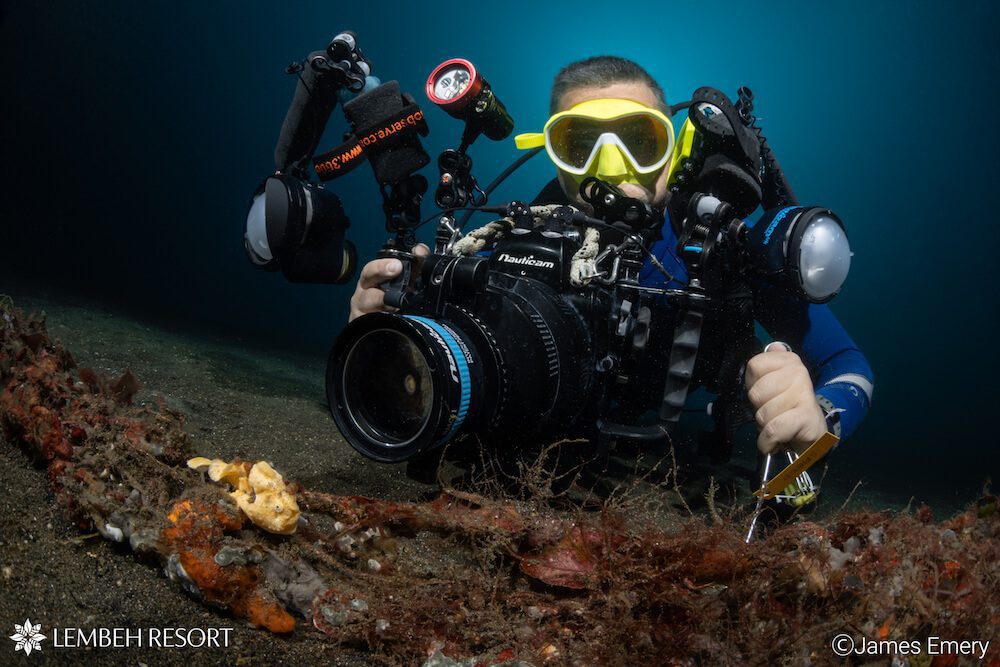
Photo Pro Saeed Rashid photographing juvenile warty frogfish
How you use your settings is very different depending on whether you are shooting with a compact camera or a DSLR camera. On a compact camera, you will most likely be selecting the “mode” whereas with a DSLR you will be looking at the ISO, Aperture (F-Stop), and shutter speed. Some of the higher end compact cameras also offer a “Manual” mode which will also enable you to access the specific settings in the same way you would when using a DSLR camera.
Unsure which underwater camera is your perfect match? Explore our helpful guide on underwater camera recommendations, designed with new photographers in mind.
How to Approach Underwater Subjects in Lembeh
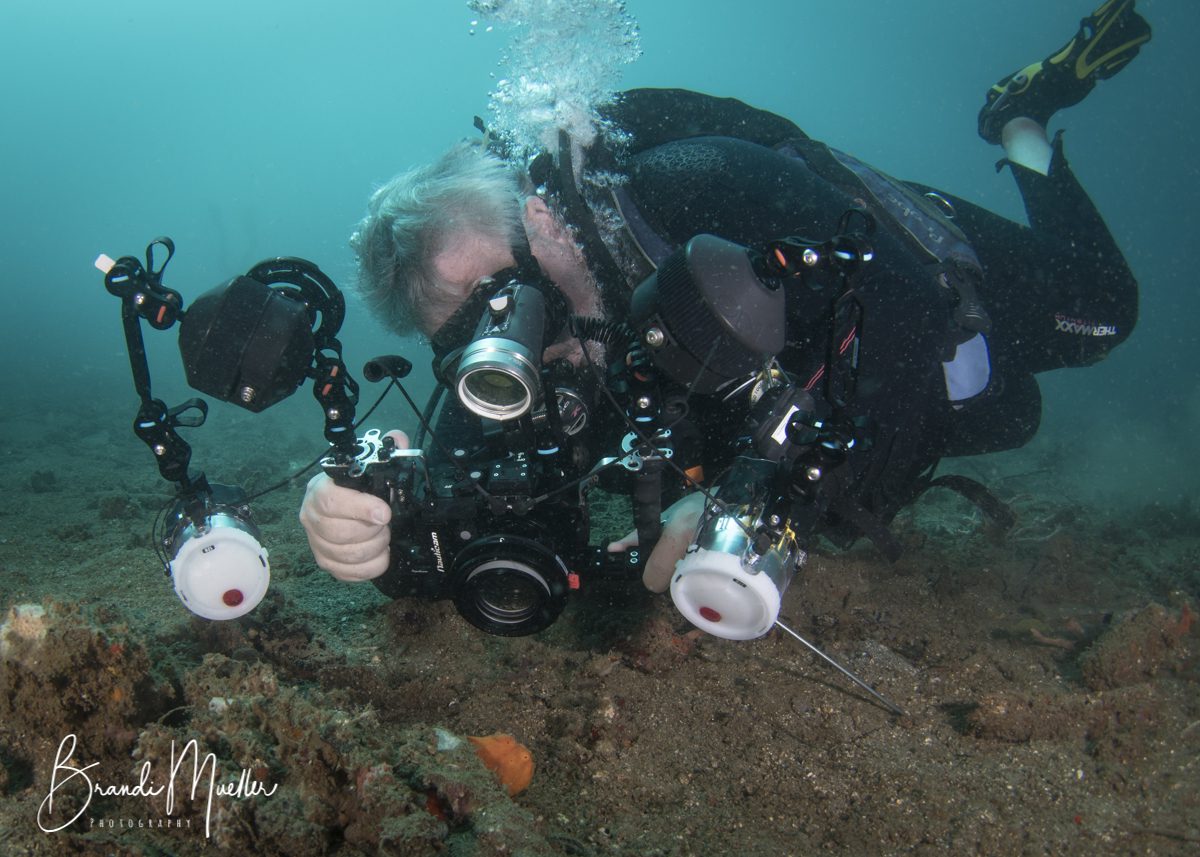
Neutral buoyancy will give you more time with each critter and you’ll avoid camera shake
Stay low and go slow! Most of the photography opportunities in Lembeh are of macro critters and you’ll want to get as close as possible to the critter for your macro mode or settings to work effectively. Always approach critters slowly so as not to spook them and we recommend taking incremental images to ensure that you get a shot before the critters moves away. Staying low down is much less threatening to marine life than if you approach from higher up – and you should aim to be level with the critter for the best shot. Make sure you are neutrally buoyant and aim to keep your fins as still as possible so you are not stirring up the sand and creating backscatter.
Unsure how to capture stunning underwater shots? Dive in with our specialist underwater photography guides and optimize every moment.
Focus Mode for Underwater Macro Photography
With Compact Camera
For those who are new to photography, the auto mode is a good place to start while you are getting used to diving with a camera. Although it’s a good starting point, try not to get stuck on auto shooting mode – it should be your goal to move on to using manual settings as soon as you have established some confidence.
Switch to your camera’s macro mode and change your shutter speed to about 1/1000th. This will block out the ambient light of the surrounding water. Your aperture should be about F8 for maximum depth of field, and your ISO should be 100 or as low as you can go on your camera. It helps to choose the focus mode so that you’re able to spot focus on the creature’s eye (or rhinophores if you are shooting a nudibranch). With a compact camera get as close to the subject as you can for the best image composition and to reduce any backscatter.
With DSLR Camera
Shoot in Manual (M) mode and, as with compact cameras, choose a low ISO of 100 or lower if your camera offers this option. For macro critters, it’s best to start with a shutter speed of about 1/200th. Aperture settings vary according to how close (or far away) you are from your subject. If you are close to your subject, then an aperture between F16 and F29 is recommended. If your subject is further away, then an aperture between F5.6 and F11 will most likely give the best results. Select a single focus point according to the key area that you want in focus (usually the animals’ eyes or rhinophores).
Read more: Macro Underwater Photography Lighting Tips
Focus Mode for Wide-angle Underwater Photography
With Compact Camera
If you are not using a strobe or video lights, turn off your camera’s macro mode and set your custom white balance. Without lights, wide-angle images at depth tend to appear very ‘blued out’ with significant color loss. Shallow water where the reef or subject are in sunlight is the next best option to using strobes. If your camera offers an aperture priority (Av) mode, use this with an aperture of F2.8. You can also use Program (P) mode on a compact camera for wide-angle shots. Start with an ISO of 100 but be prepared to increase this if you’re using an aperture of F2.8. Your shutter speed should ideally be below 1/30 if the subject is still, 1/60 if they’re moving slowly, and 1/125 if they’re fast-moving.
If you are diving with a strobe or video lights attached to your compact camera, try shooting in Manual (M) mode with the following settings: ISO to 100, aperture between F5.6 and F8, and shutter speed from 1/100 to 1/200.
With DSLR Camera
When shooting wide-angle with a DSLR, you will definitely want to be in Manual mode. Start by using a low ISO of 100 or 200, aperture of F8, and shutter speed of 1/100th. If you are close to your subject and there is enough lighting available, try an aperture of around F11 for a close-focus wide-angle image. If available, use the maximum number of focus points that your camera allows for to ensure as much of the image as possible is in focus.
Read more: Wide-angle Underwater Photography at Lembeh Resort
Techniques for Sharper Underwater Photography Results
Zoom or Not to Zoom?
It is not recommended to use digital zoom when taking images underwater. On zoomed images the subjects tend to appear grainy or over pixelated – an issue that cannot be solved by post dive editing. It is best to take the image without zoom and then crop any excess background from the image later.
Natural Light and Underwater Lighting
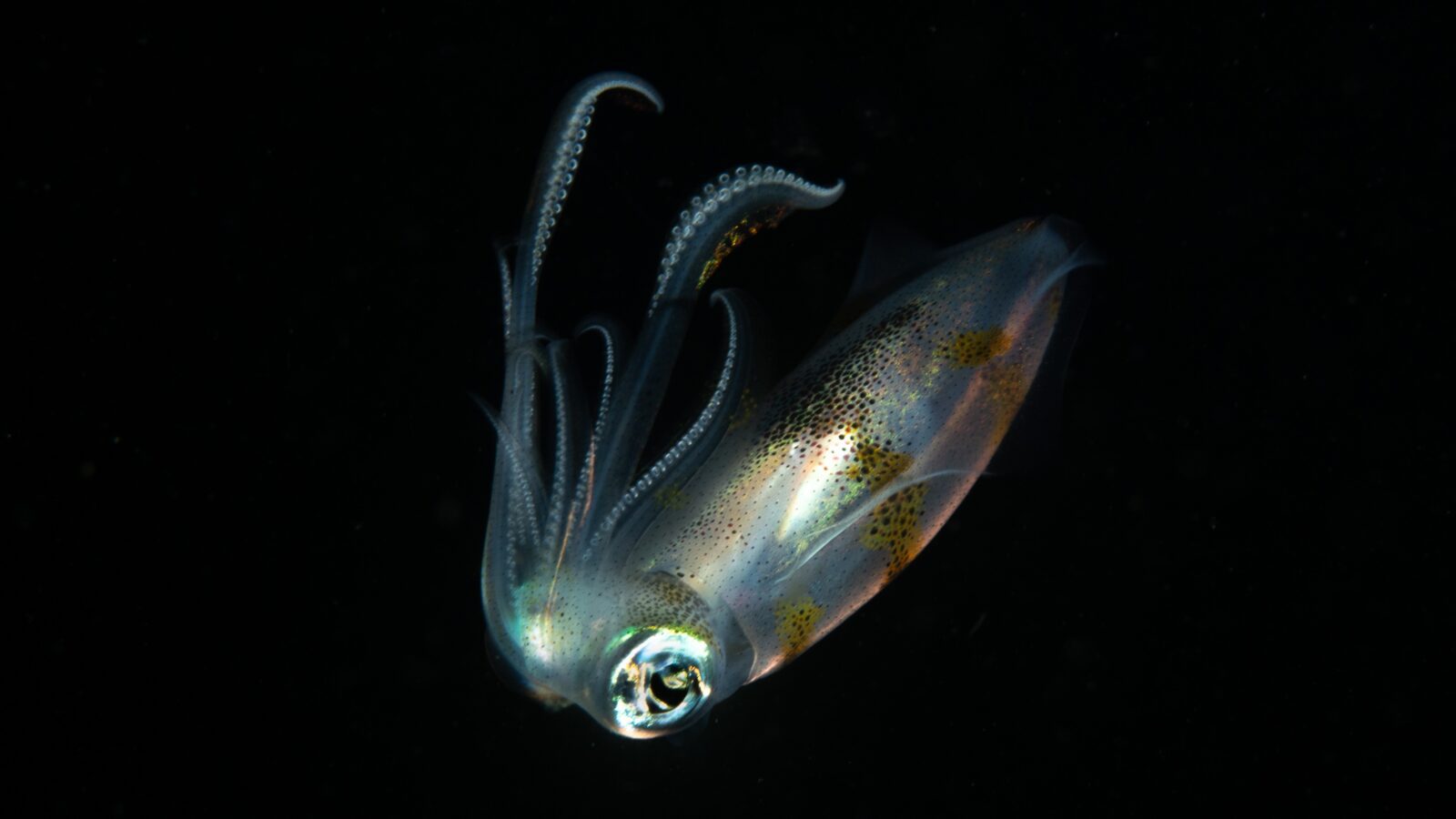
Bonfire Diving Photography: Bigfin Reef Squid
Images that use natural light can be extremely impressive. However, this is only possible when in shallow water and on sunny days with good conditions. For images deeper than 8-10 meters it’s recommended to use either a strobe or video lights with both compact and DSLR cameras.
Planning a night dive in Lembeh Strait? Dive into our comprehensive guide that discusses night diving options at Lembeh Strait.
Backscatter
Backscatter is the presence of particles in the water that are illuminated by the camera’s flash. These may be particles of sand, organic matter, or other debris. To reduce backscatter always remain neutrally buoyant so you do not accidentally stir up the bottom composition. Getting closer to your subject will also reduce backscatter as you reduce the amount of water and particles between the lens and the subject.
Read more: Macro Underwater Photography Lighting Tips
Post Dive Processing & Support
Post Dive Editing
The tools for image editing that are available today are extensive and extremely powerful. It’s important while editing your images not to over-edit. Duplicate your original image and work on the duplicate. This means that your original image is still available and can be used to compare your edited version.
The most common mistakes photographers make when editing is to over saturate the image and over contrast the image. Both of these factors are easily spotted and will result in the image looking ‘fake’.
The Backscatter Authorised Photo Center at Lembeh Resort
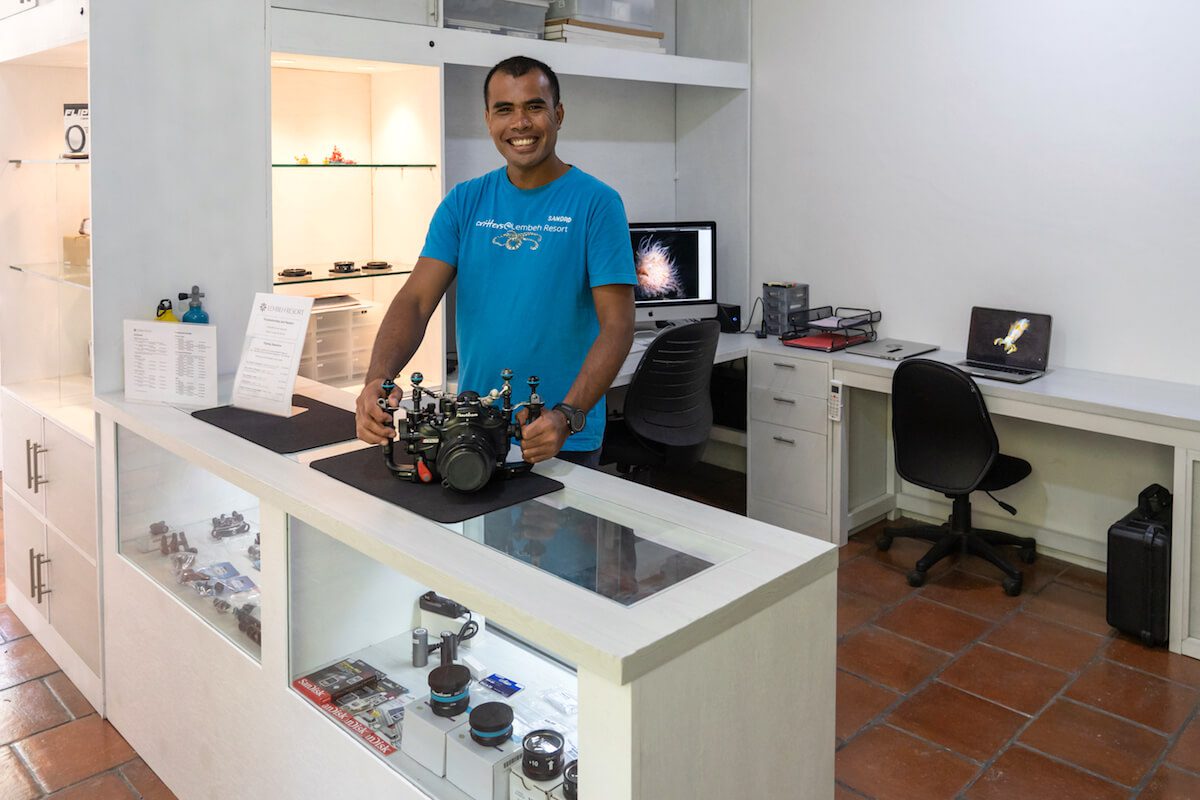
Dive Guide and Photo Center Assistant Sandro Maabuat
We are extremely proud of our Photo Center and we are the only Backscatter Authorised Photo Center in Asia. Our Photo Center Assistants are all incredibly talented photographers themselves. They are on hand to help with advice, tips, camera rentals, and accessory rentals. They are also able to carry out minor repairs and solve problems on-site.
All Dive Guides at Lembeh Resort are trained in both marine biology and underwater photography to ensure that you enjoy the best imaging opportunities possible.
Underwater Photography Workshop with Lembeh Resort
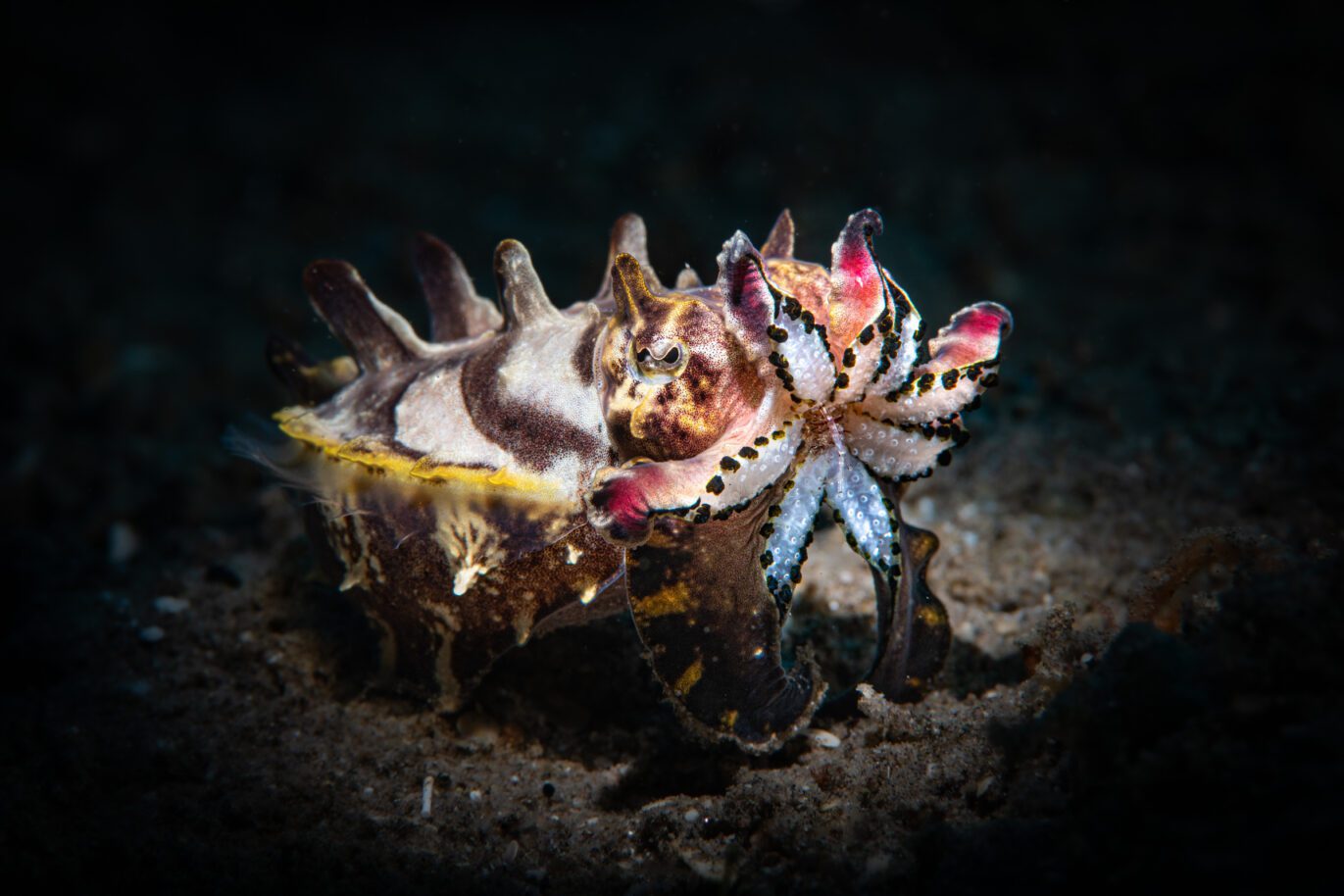
Capturing Critters in Lembeh Underwater photography workshop is back in January 2025. We are extremely excited to welcome Ron Watkins (USA), Paul Duxfield (UK), and Renee Capozzola (USA).
Join us in Indonesia for the 12th annual Capturing Critters in Lembeh UW Photography Workshop and experience North Sulawesi’s most iconic dive sites, and enjoy some spectacular extras. Check this link to get detailed information: Capturing Critters in Lembeh UW Photography Workshop 2025
Book Your Stay with Lembeh Resort
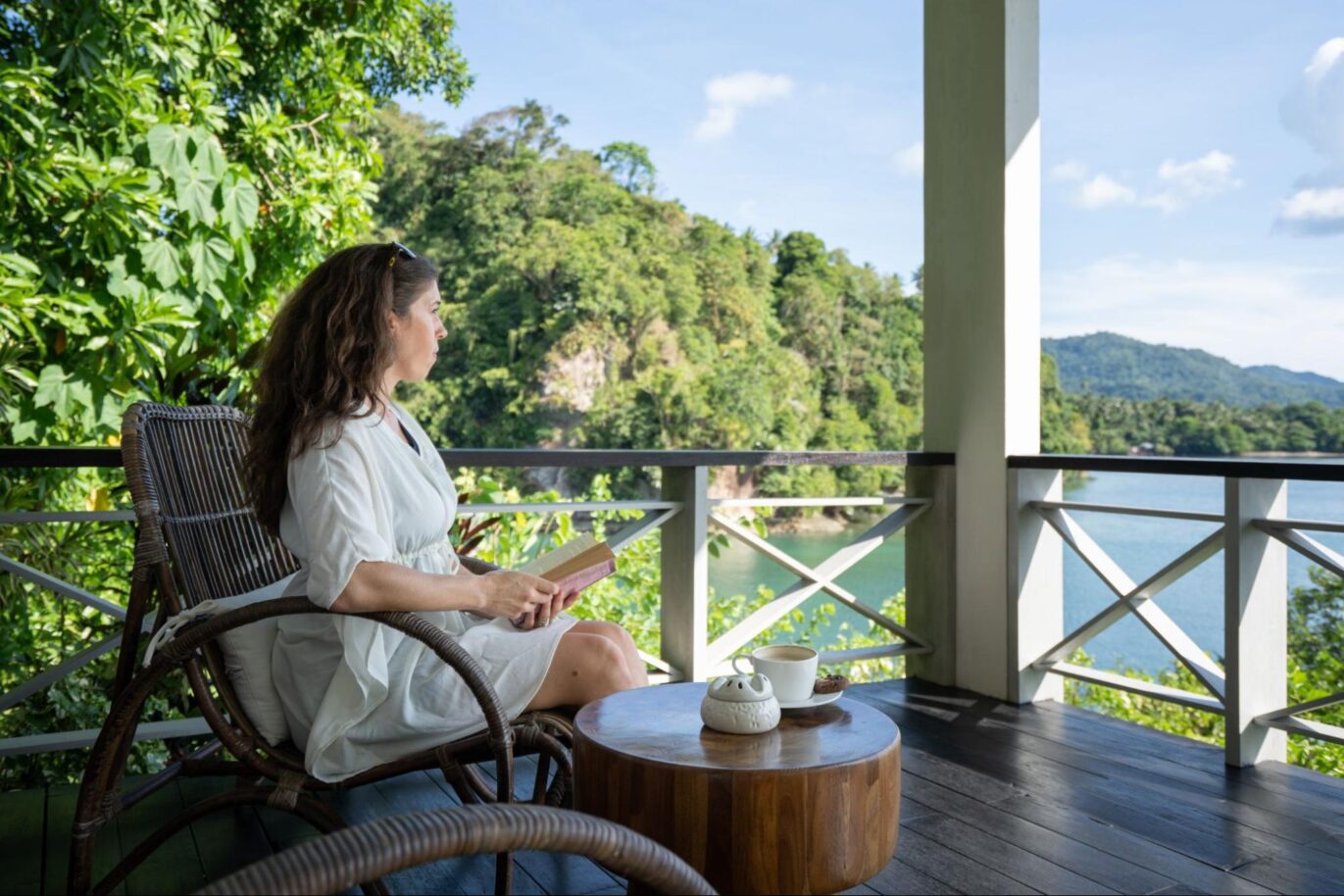
Lembeh Resort Premium Luxury Cottages spacious verandah with outdoor seating
If you are ready to book your stay with us – or would like more information about our rates and availability contact us at reservations@LembehResort.com.
Our reservations team looks forward to assisting you!
FURTHER READING
If you enjoyed reading this article, you may also enjoy some of our other articles about marine life found in the Lembeh Strait – complete with tips for photographers too!
Pygmy Seahorses In The Lembeh Strait
The Hairy Shrimp: Phycocaris simulans
Colors And Combat: Exploring The Tiger Mantis Shrimp In Lembeh



